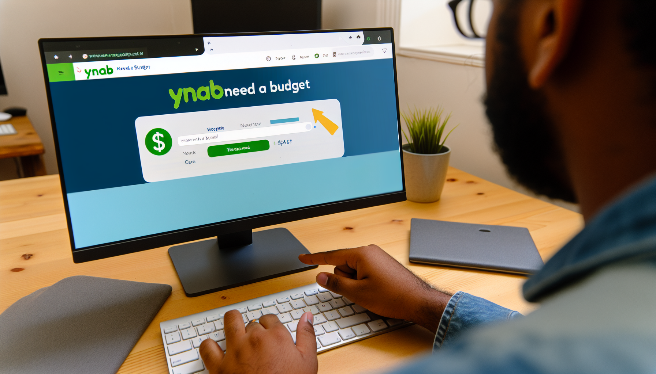Managing your finances doesn’t have to be like deciphering ancient hieroglyphs. You don’t need a degree in economics to keep tabs on your cash flow. Today, I’ve got a rundown on some of the best free budgeting tools that are as easy to use as your favorite social media app. Ready? Let’s dive in!
Mint: The All-Rounder
First up is Mint, a popular budgeting tool that’s been around the block. It’s like the Swiss Army knife of budgeting apps. Why? Because it lets you track your bills, budget your savings, and even offers credit score checks – all for free. Mint automatically categorizes transactions from linked credit and debit cards and shares graphs to show you where your money is going.
Data Delight: According to a survey, users say Mint has helped them save an average of $600 in the first two months and more than $1,500 annually. Not too shabby for a free tool, right?
PocketGuard: For the Overspenders
Let’s talk about PocketGuard for those who tend to overspend. This app has a nifty feature that tells you how much you’ve got for spending after setting aside funds for essentials, bills, and goals. It’s all about showing you what’s in your “pocket” at a glance.
The Lowdown: PocketGuard boils down your budget to the one question that’s on everyone’s mind: “Can I afford it?” By keeping it simple, you’re less likely to go over budget.
YNAB (You Need A Budget): The Goal-Setter
For you go-getters, YNAB is a tool that takes the zero-based budgeting approach. This means every dollar gets a job, from paying rent to saving up for that dream vacation. YNAB claims users save on average $600 by month two and more than $6,000 the first year. It’s great if you like detailed planning and don’t mind a bit of a learning curve.
Giving Every Dollar a Job: YNAB’s philosophy is to give every dollar a purpose. By being intentional with your budgeting, you can take control of your financial future.
Goodbudget: The Envelope System Digitized
Remember the old-school method of budgeting with cash in envelopes? Goodbudget is the high-tech version of that. You allocate money into different “envelopes” for specific categories, and once an envelope is empty, that’s it for spending in that category until the next cycle.
Budgeting with Boundaries: Goodbudget is great for those who appreciate visual spending limits and prefer a hands-on approach to manage their money.
Personal Capital: For the Investor
So, you’ve got your budgeting going smoothly, and now you’re dipping your toes into investing? Personal Capital is a two-in-one service offering budgeting and investment tracking tools. While there’s a paid version, the free tier provides some basic investing analyses and retirement planning tools, in addition to expense tracking.
Investment Insight: Personal Capital gives a snapshot of your net worth by linking your accounts and tracking your investments’ performance against market benchmarks.
Wally: The Simple Tracker
Lastly, for fans of simplicity, there’s Wally. This app aims to be as straightforward as possible. You input income and expenses, and it tracks your cash flow with minimal fuss. Plus, Wally gives you the option to save pictures of your receipts.
K.I.S.S. (Keep It Simple, Savvy): With Wally, the idea is to boil down budgeting to its very essence—knowing how much is coming in and going out.
These tools don’t ask for much—just a bit of your time to get set up. Once you’ve taken that step, you’re on a clear path toward more mindful spending and saving. And hey, maybe you’ll even feel a bit more zen about your bank account, because when it comes to managing your money, knowledge (and a nifty app) is power!


